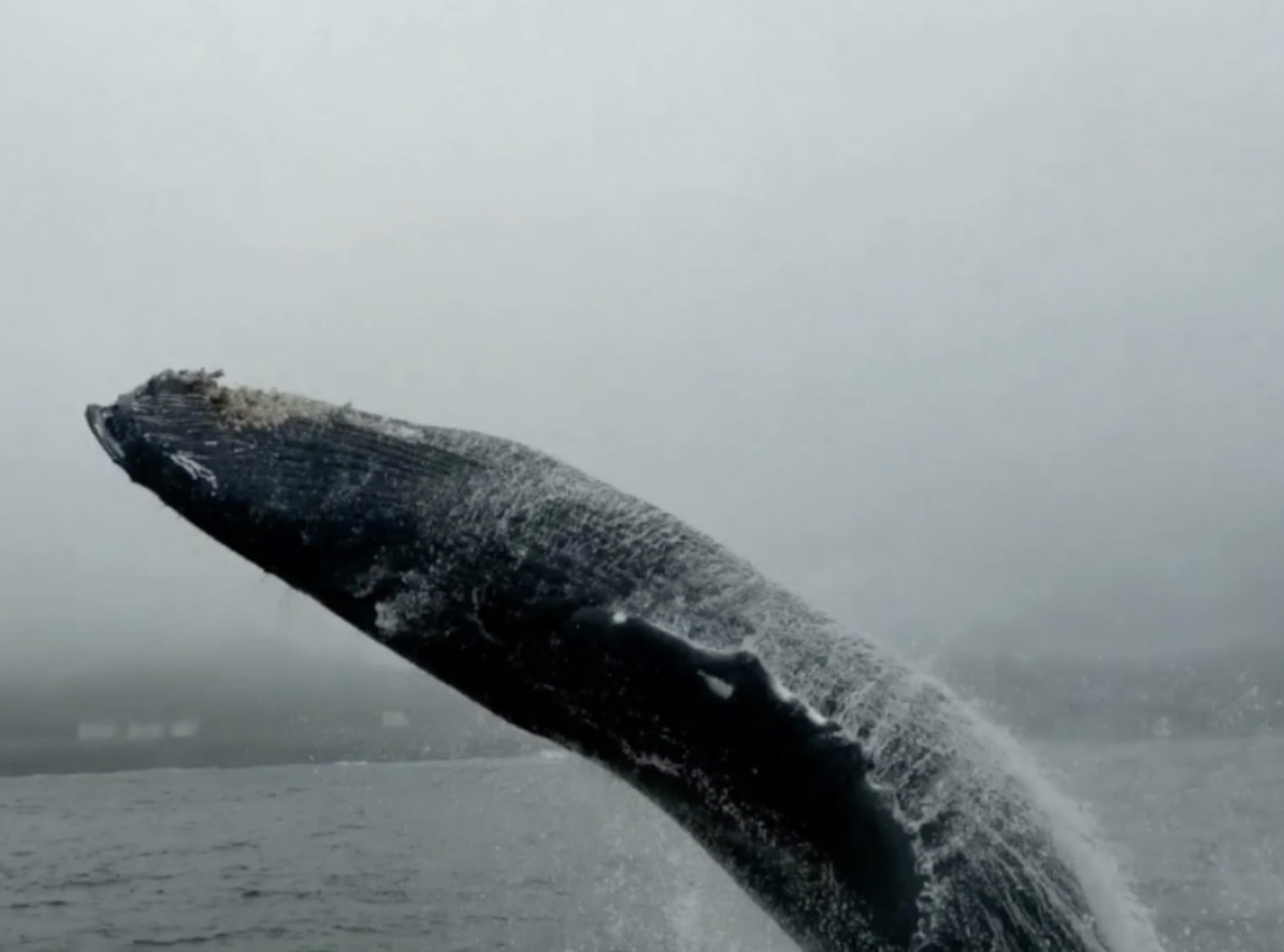The Humpback Whale
About Humpback Whales

Before a ban on business whaling in 1985, all populaces of humpback whales were significantly decreased, some by in excess of 95 percent.The species is expanding in population, however faces dangers from entrapment in fishing gear, vessel strikes, submerged clamor, and living space impacts. Humpback whales live on the whole seas around the world. They travel inconceivable distances each year and have perhaps the longest relocation of any warm blooded animal on the planet.Some populaces swim 5,000 miles from tropical favorable places to colder, more gainful taking care of grounds. Humpback whales feed on shrimp-like scavangers (krill) and little fish, stressing tremendous volumes of sea water through their baleen plates that act like a sieve. The humpback whale takes its normal name from the particular protuberance on its back.Its long pectoral blades motivated its logical name, Megaptera, which signifies "enormous winged." Humpback whales are a top pick of whale watchers, they are frequently dynamic at the water surface, for instance, leaping out of the water and hitting the surface with their pectoral balances or tails.
More info on whales
- Humpback Whale Facts
- Pacific Grey Whale Facts
- Blue Whale Facts
- The ultimate sea giants
- Spectacular sea beast
- The beauty of the Oregon coast
